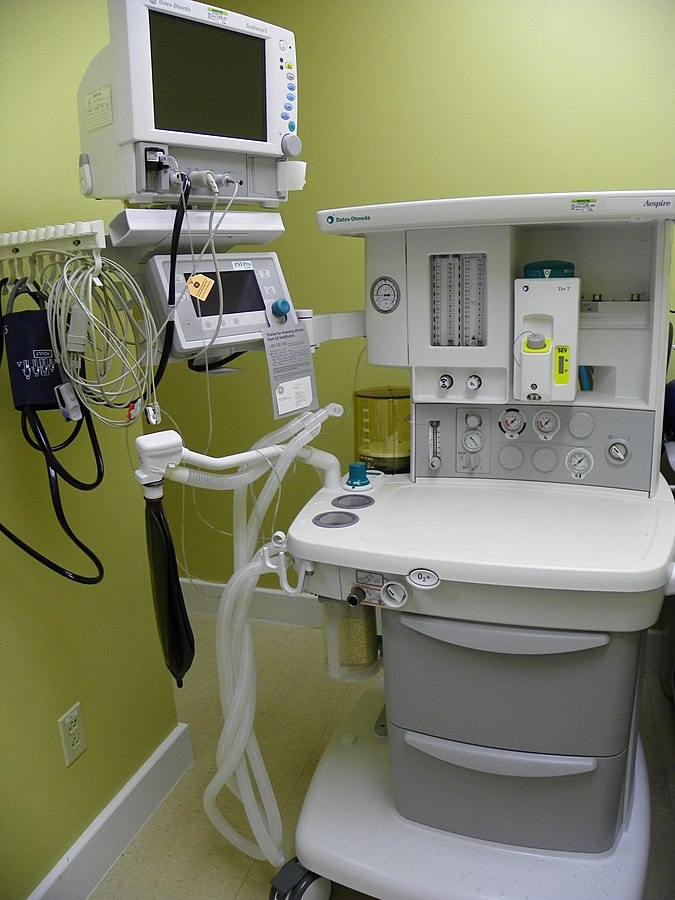Playlist
Show Playlist
Hide Playlist
Effect of Vapours on Cardiac Function – Respiration and Cardiovascular System
-
02 - Respiration and Cardiovascular System.pdf
-
Download Lecture Overview
00:00 This graph gives you an idea of how the vapours affect cardiac function. On the upper graph to the left, you can see how mean arterial blood pressure is affected by the vapours, and basically all of them cause a decrease in blood pressure, at least mean arterial pressure. 00:19 But there is a bit of a difference with Desflurane, which tends to come down and then stabilize a bit, and with Sevoflurane that also does that. Comes down, there's a drop in blood pressure, and then there's a stabilization. 00:31 So you don't have to worry about it continuing to drop quite so much. On the right upper graph you're looking at cardiac output affected by vapours. And you can see that Desflurane has a very slight effect on cardiac output. Initially a bit of a drop, and then it tends to come back and stabilize. Sevoflurane, a bit more profound, but the older drugs, Isoflurane and particularly Halothane, are continuing drop in cardiac output as the concentration of the vapours increased. On the left lower graph we're looking at Systemic Vascular Resistance. So this is the resistance against which the heart works when it contracts. And you can see that Isoflurane causes quite a profound drop in peripheral resistance, as does Desflurane. This can be a good thing in the presence of poor cardiac output, because it improves the ability of the heart to eject blood against a lower resistance. However, it may result in hypotension and decreased blood flow to organs. 01:31 In the bottom slide to the right is Heart Rate, and you can see that Desflurane initially causes very little change in heart rate and then, as you increase it, there is fairly marked increase in heart rate. Isoflurane, on the other hand, causes quite a nice stable increase in heart rate, and it stays pretty much at a level that doesn't change for a period after that. Heart rate's critical in these patients, because increases in heart rate increase oxygen demand by the heart. And so, we don't like to see tachycardia, particularly in middle aged people or older people.
About the Lecture
The lecture Effect of Vapours on Cardiac Function – Respiration and Cardiovascular System by Brian Warriner, MD, FRCPC is from the course Anesthesiology: Introduction.
Included Quiz Questions
Which of the following statements about cardiac function and vapors is FALSE?
- Inhalation of most vapors will result in a decrease in heart rate.
- Older vapors, such as halothane and isoflurane, will result in a continual drop in cardiac output, particularly as the vapor’s concentration is increased.
- Essentially all vapors cause a decrease in mean arterial pressure.
- Isoflurane and desflurane both cause a profound drop in peripheral resistance.
- The decrease in peripheral resistance from certain vapors can have beneficial cardiac effects but may also result in decreased blood flow to organs and hypotension.
Customer reviews
5,0 of 5 stars
| 5 Stars |
|
2 |
| 4 Stars |
|
0 |
| 3 Stars |
|
0 |
| 2 Stars |
|
0 |
| 1 Star |
|
0 |
This lecture was informative and engaging. The speaker did an excellent job of presenting the material in a clear and concise manner, making it easy to understand.
great lecturer. I enjoy listening to him. He is brilliant and calm.




